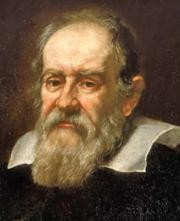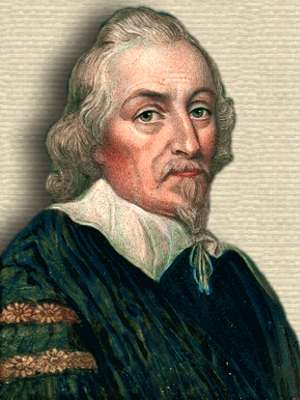European Renaissance: Scientific Inventions, Geographical Discoveries
SCIENTIFIC INVENTIONS
Medieval ideas: influenced by the physics of Aristotle, medicine of Galen, astronomy of Ptolemy, Christian theology
Matter of 4 elements: earth, air, water, fire
Man of four humours: black bile, yellow bile, phlegm, blood
Earth of 3 masses: Europe, Asia, Africa
Earth is the centre of the universe (geocentric universe)
All these were overthrown during the Renaissance, through empirical truth. Stage set by the Humanists of the 16th c., and developed by the scientists of the 17th c: Copernicus, Galileo, William Harvey and Sir. Isaac Newton.
 | ||
|
 |
| Nicolaus Copernicus |
 |
| William Harvey |
| Isaac Newton |
Liberal studies
curriculum in Grammar schools and universities: classical languages, and
arithmetic, geometry and algebra.
Translation of
Archimedes contributed to the further understanding of mathematics.
*The works of Archimedes were written in Doric Greek, the dialect of ancient Syracuse
Heliocentric idea
gained acceptance.
 |
| Gutenberg in his workshop (artist's visualisaton) |
Development of
technology: Printing Press (16th c.) – Movable metal type by Johannes
Gutenberg, Germany

